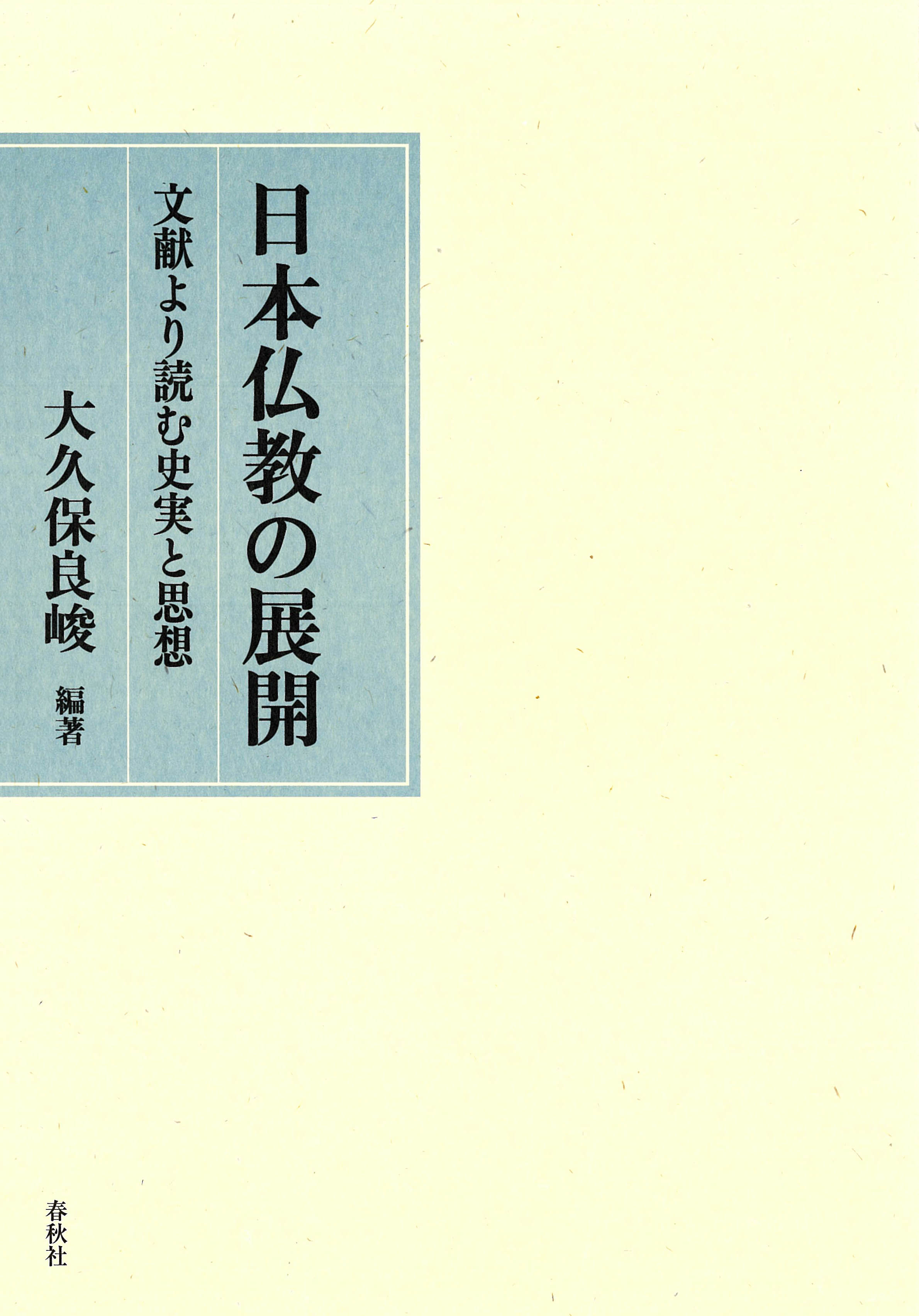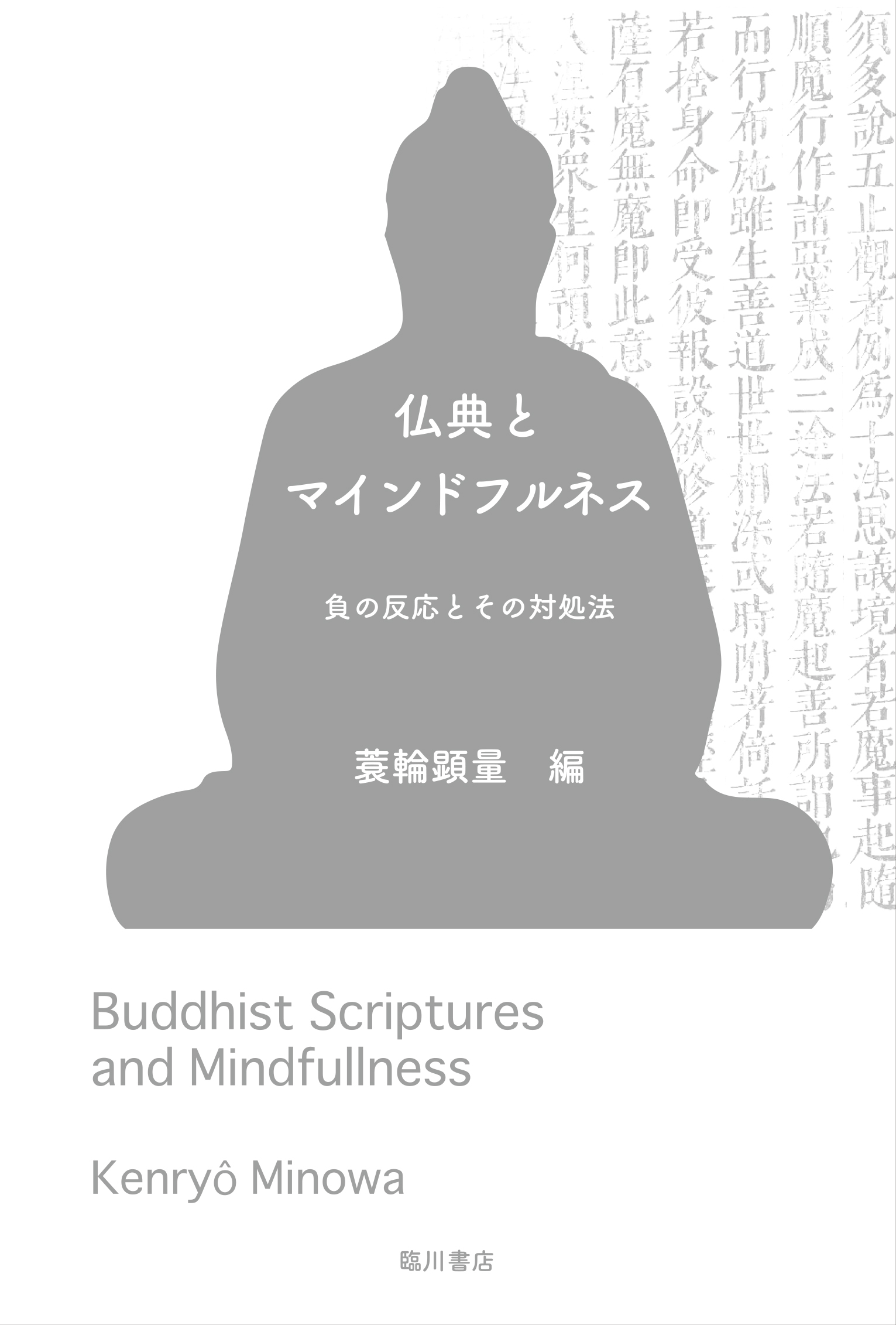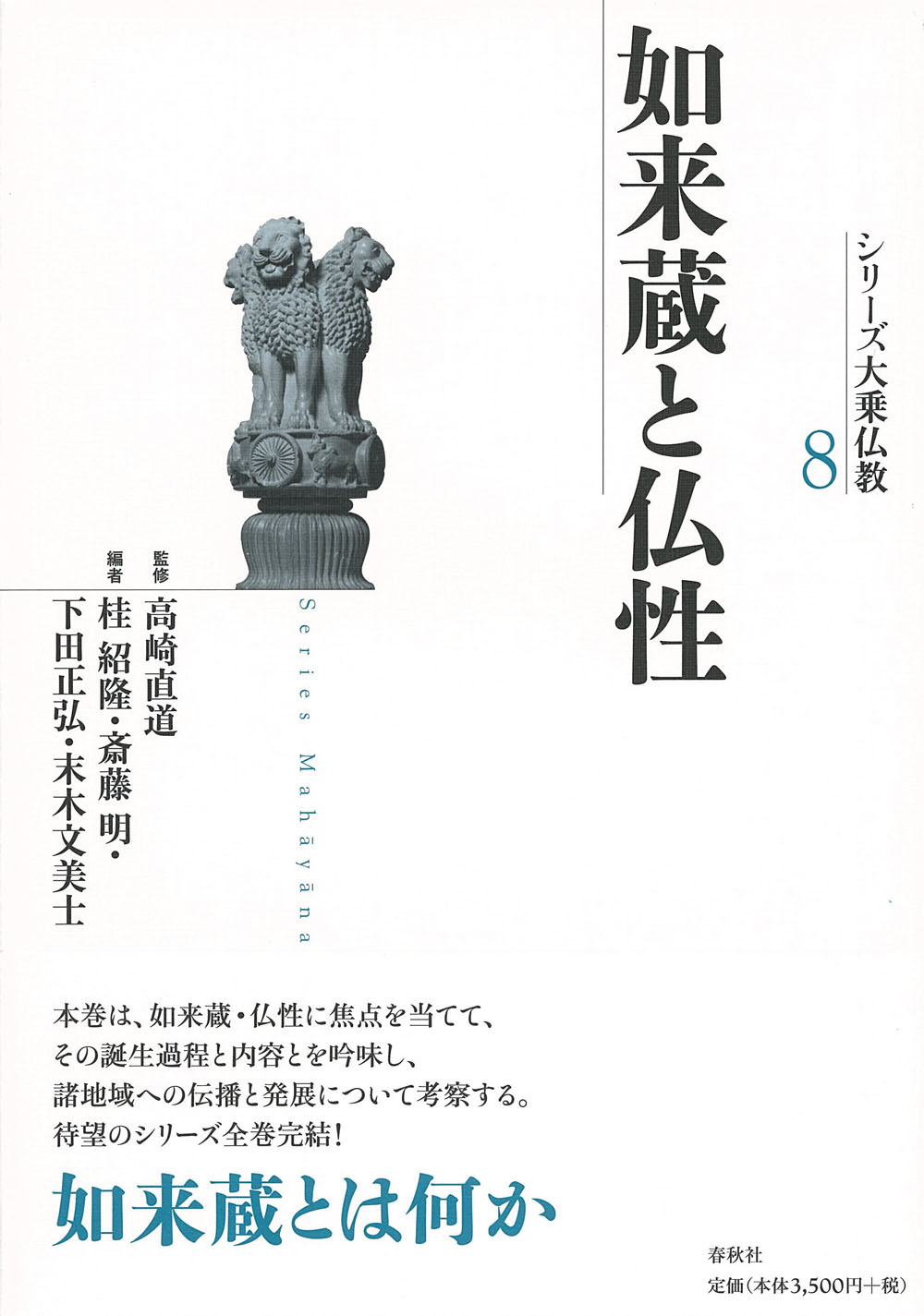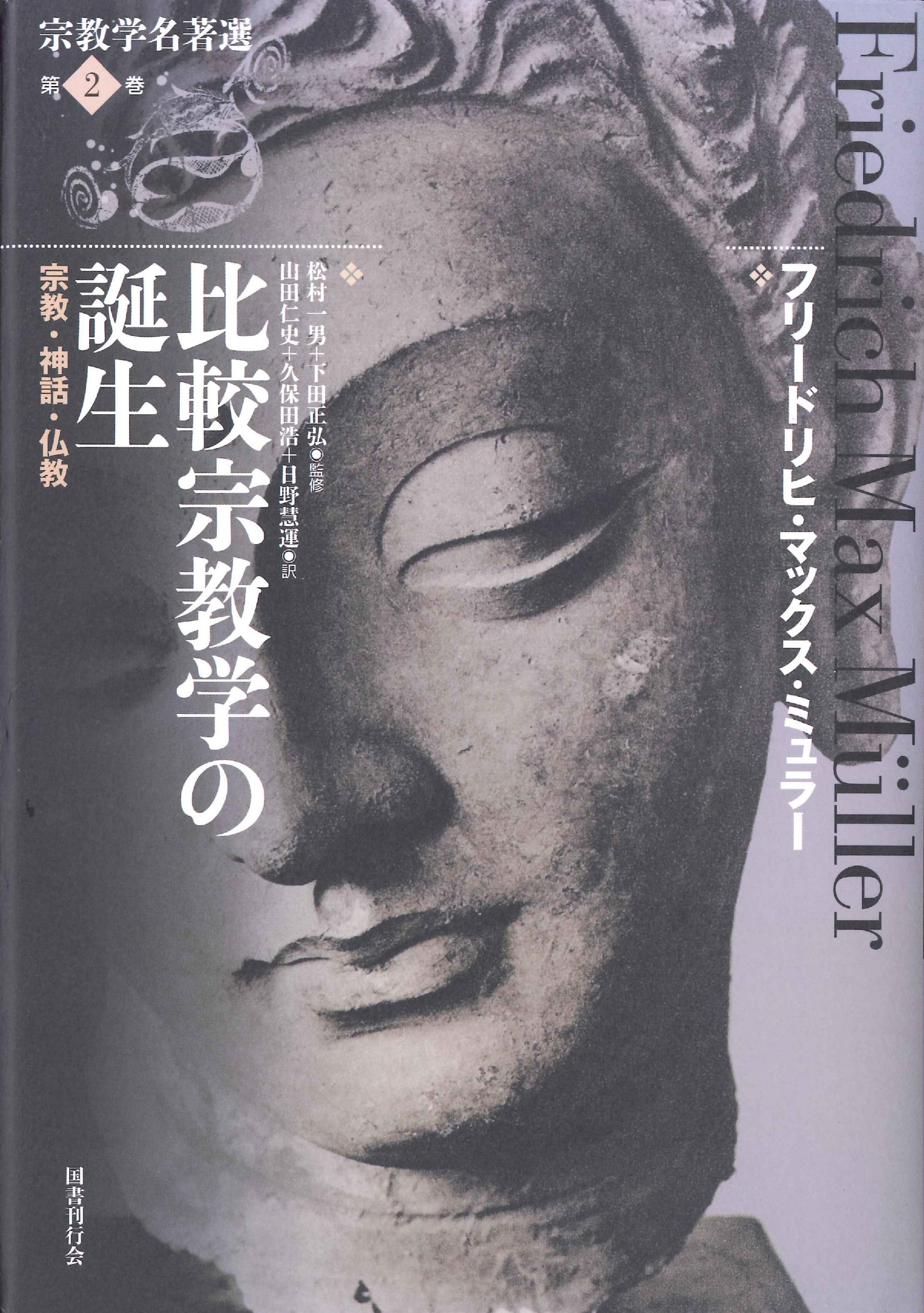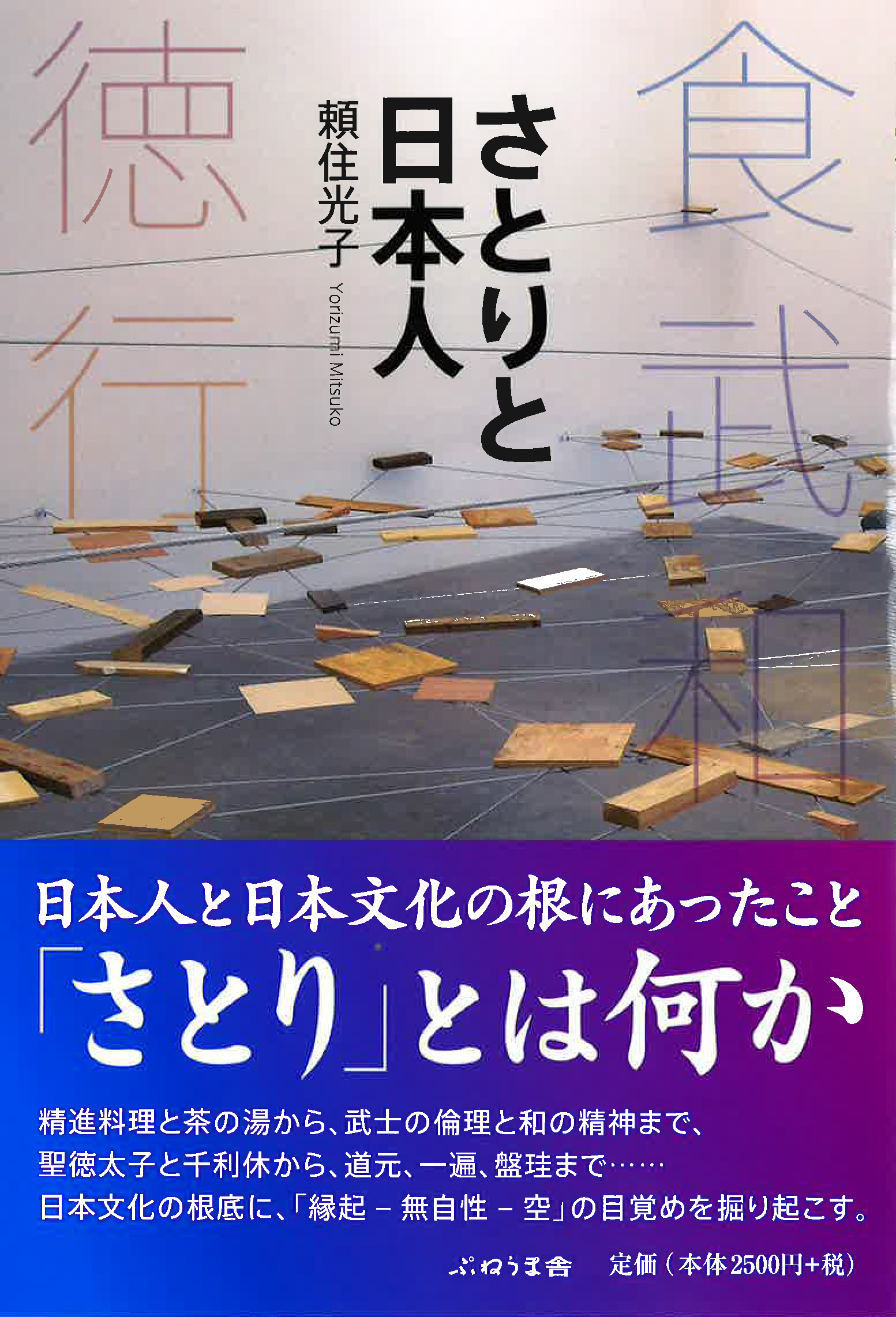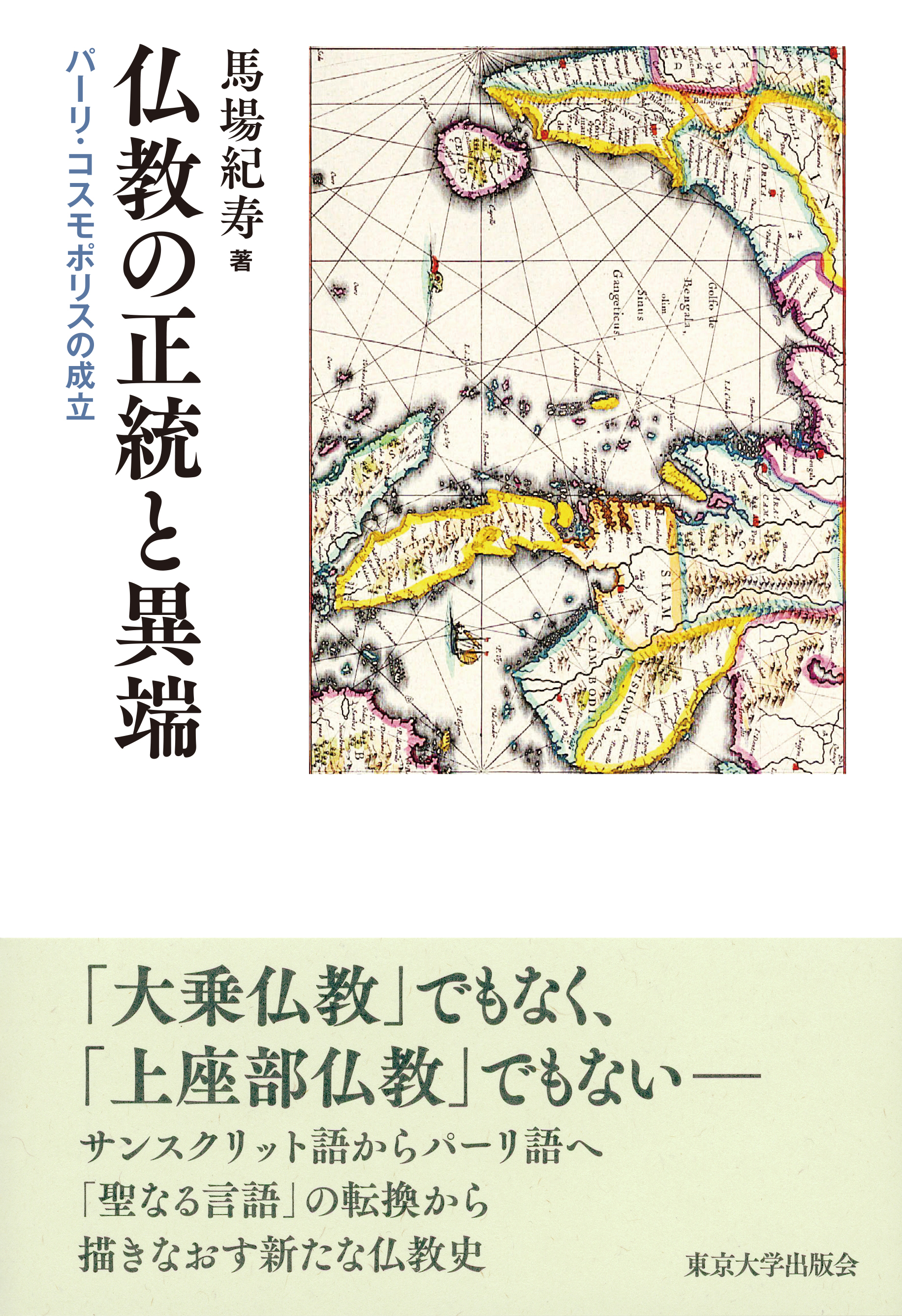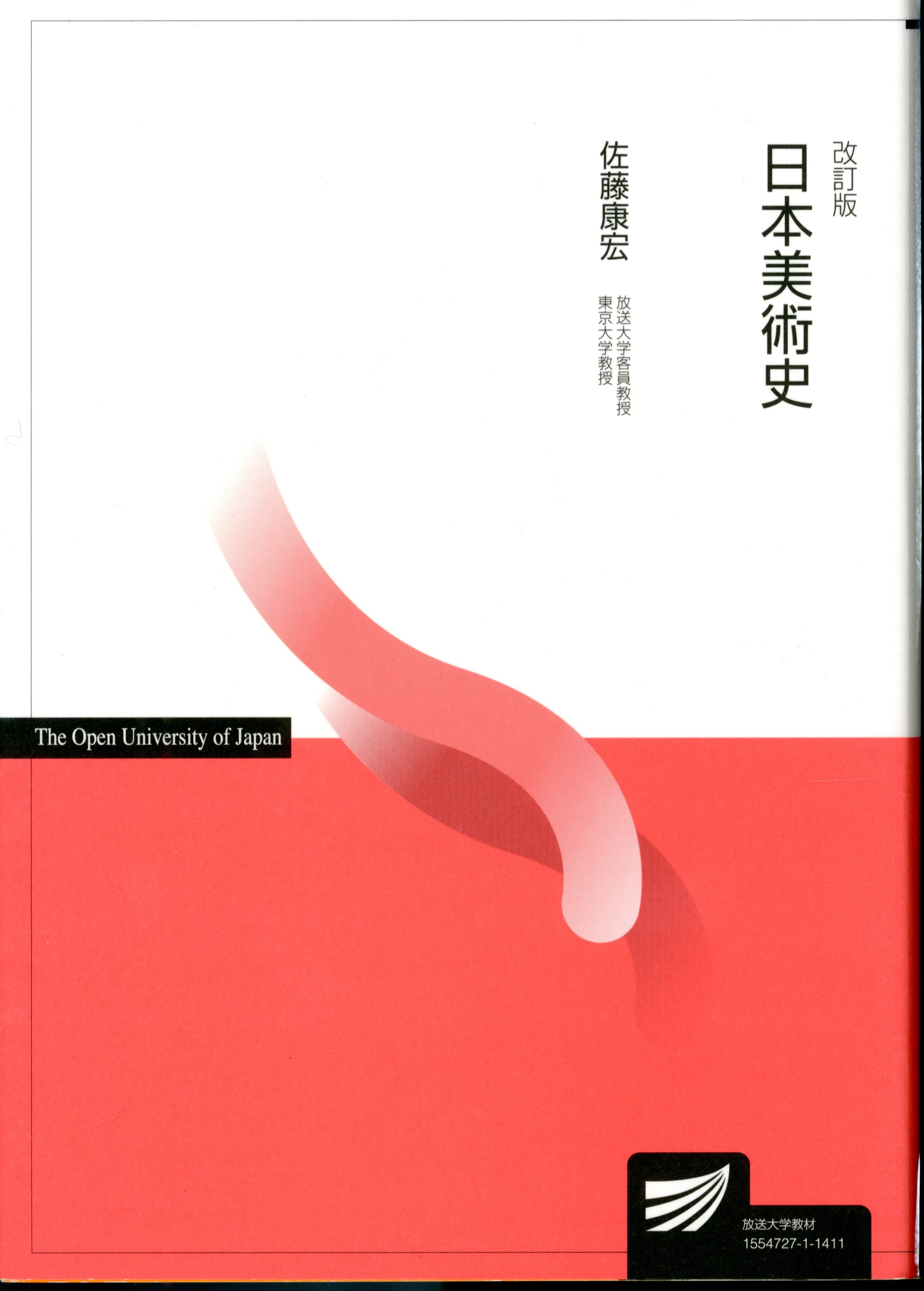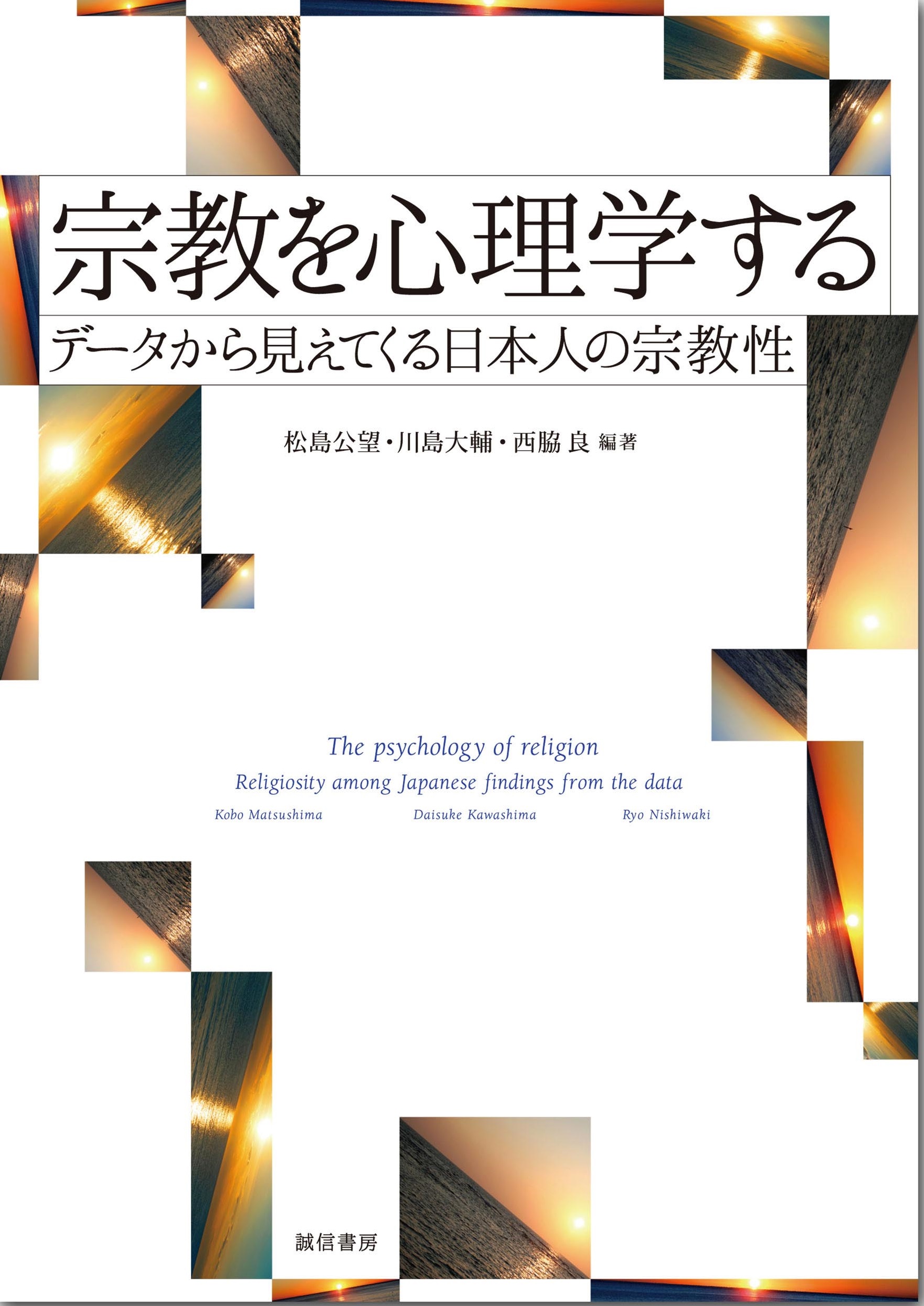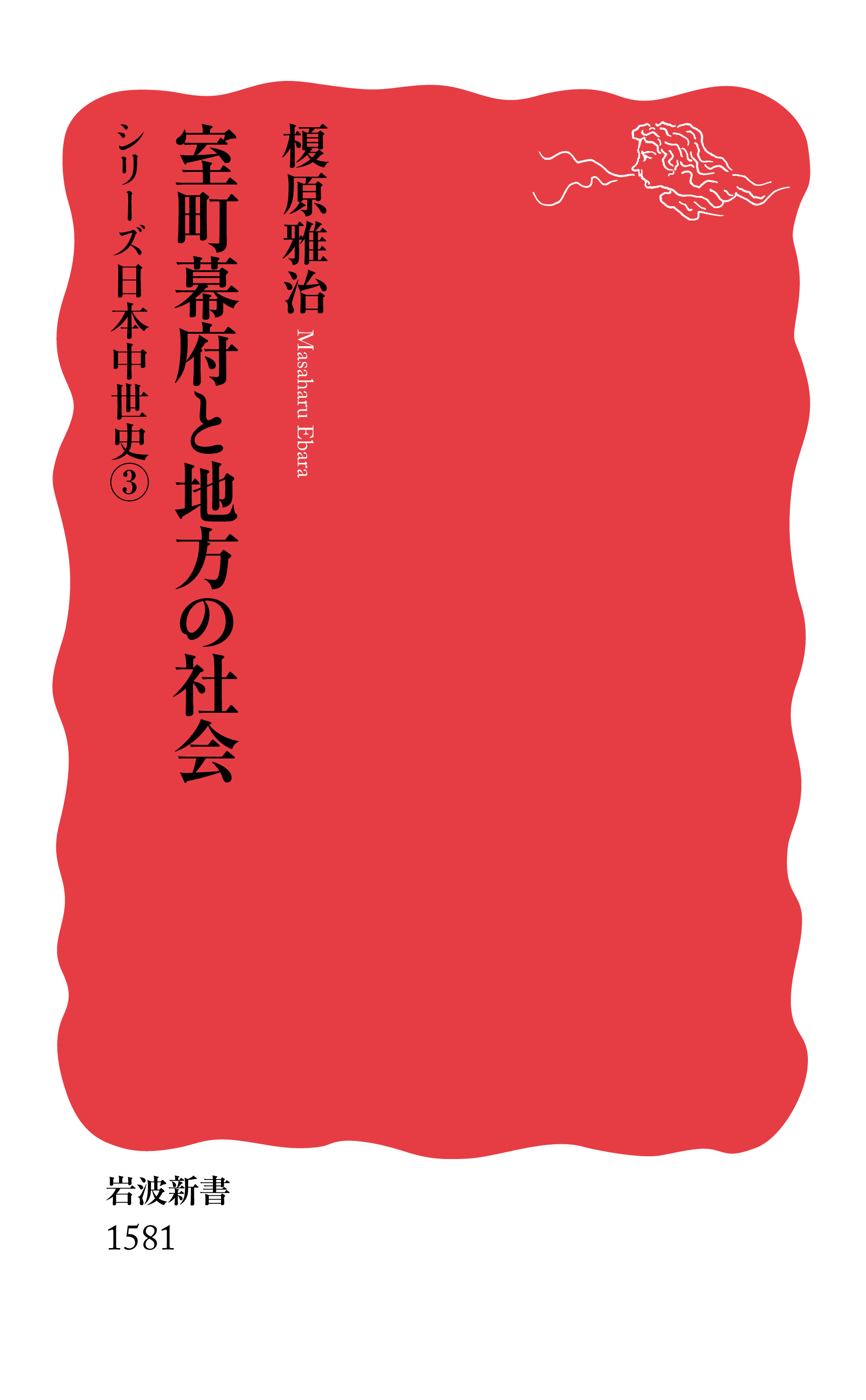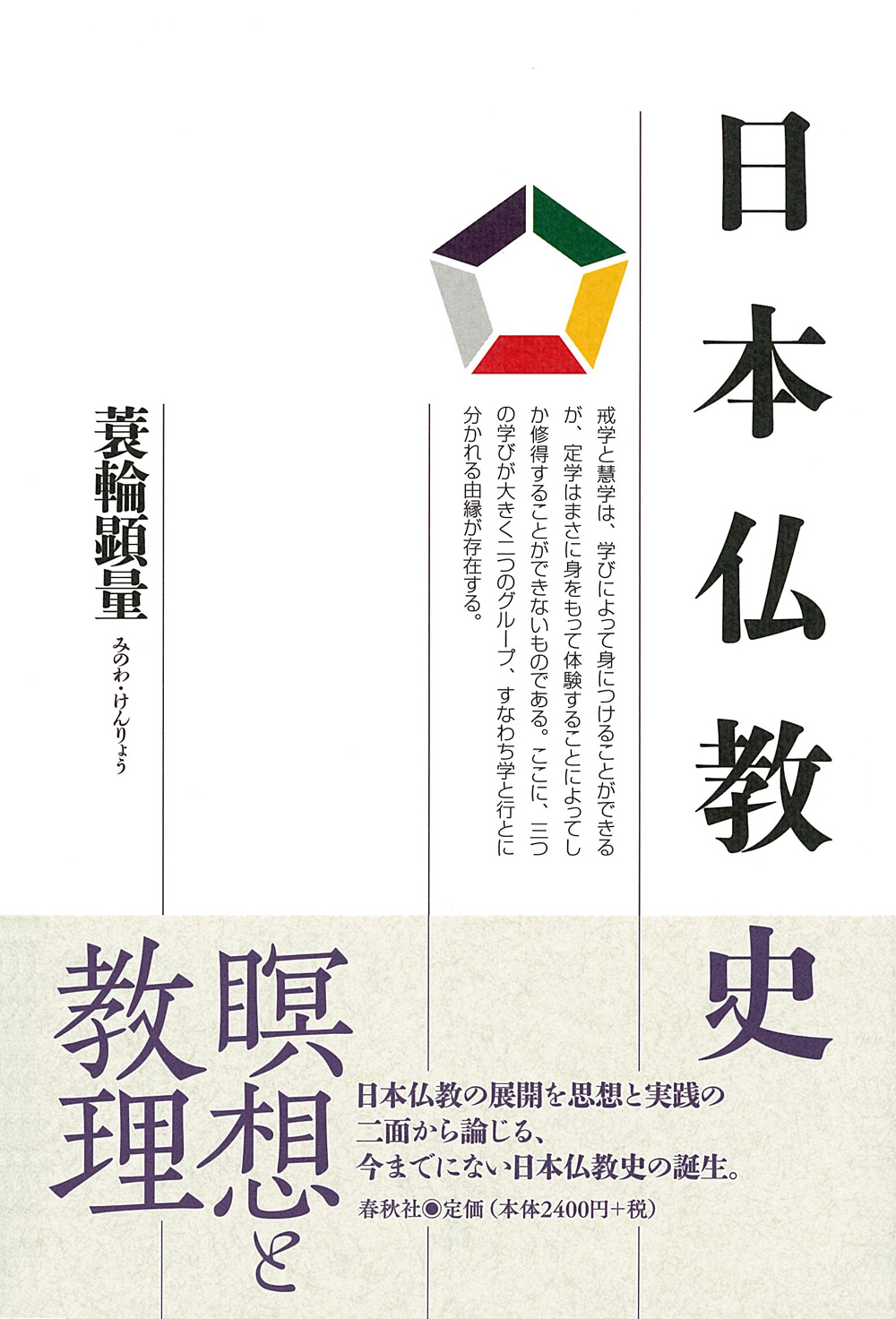
Title
Nihon bukkyōshi (History of Japanese Buddhism)
Size
276 pages, 127x188mm
Language
Japanese
Released
June, 2015
ISBN
978-4-39-313801-4
Published by
Shunjusha Publishing Company
Book Info
See Book Availability at Library
Japanese Page
How did Japanese Buddhism develop? Various academic disciplines, including Buddhist studies, history, religious studies, ethics, and art history, have addressed this question, and each of them has revealed different aspects of Japanese Buddhism from their respective perspectives. It has, however, been Buddhist studies that has examined Japanese Buddhism from within, as it were, and also from the perspective of the development of Buddhism in India, China, and Japan. But when considering Japanese Buddhism from the vantage point of the field of Buddhist studies, there has inevitably been a tendency to focus on Buddhist thought, especially its doctrines. Buddhism does not, however, consist solely of intellectual ideas. Since ancient times, it has been said that Buddhism is a religion of experience, and attention has been paid to the twin aspects of learning and practice. But there have in fact been almost no studies that have directly addressed the aspect of practice, related as it is to experience. This book about Japanese Buddhism was, accordingly, written with a view to emphasizing the two perspectives of learning and practice intrinsic to Buddhism, especially the aspect of practice.
Buddhist practice consists of śamatha and vipaśyanā. The former is defined as contemplation aimed at quietening mental activity, while the latter is defined as observation of all mental activity, and the latter is the more important. The observation associated with the latter led to the ideas of dependent co-arising and emptiness, and it also liberates us from everyday worry and suffering. Ultimately, this world of vipaśyanā makes possible the experiences that lead to the world of “non-differentiation” or “non-discrimination.” This “non-differentiation” is described as a state in which the cognitive faculties function quite vividly, but without discriminating between the objects of cognition. It is characterized by an acceptance of what is being cognized “here and now” as it is. It could be said that the experience of accepting the present as it is underlies every sect of Japanese Buddhism, and today’s sectarian differences have arisen because each sect has given verbal expression to this experience in its own distinctive way.
It is thought that, prior to the introduction of Buddhism, there existed in Japan beliefs in indigenous deities. These corresponded to what is generally known as Shinto, and I have also endeavoured to address in my inquiries the question of how Buddhism has come to terms with these beliefs.
I am rather unsure to what extent it has been possible to achieve the above objectives in this book. It has been pointed out that there are some simple errors regarding basic matters, and in the course of actually writing the book I became painfully aware that my own knowledge leant towards the period up until the early modern period and that my understanding of developments in the modern and contemporary periods was wanting. In this respect I am extremely grateful for what I have learnt from others. Looking back, I feel that there is perhaps a little too much historical narrative, but all the same I would like to think that there is no other history of Japanese Buddhism providing a comprehensive account of its history that also covers the fresh perspective of practice. With some embarrassment, I would ask the reader to wait for a second edition (yet to be scheduled) for the correction of typographical errors, errors of fact, and inadequate turns of phrase.
(Written by MINOWA Kenryo, Professor, Graduate School of Humanities and Sociology / 2018)



 Find a book
Find a book


